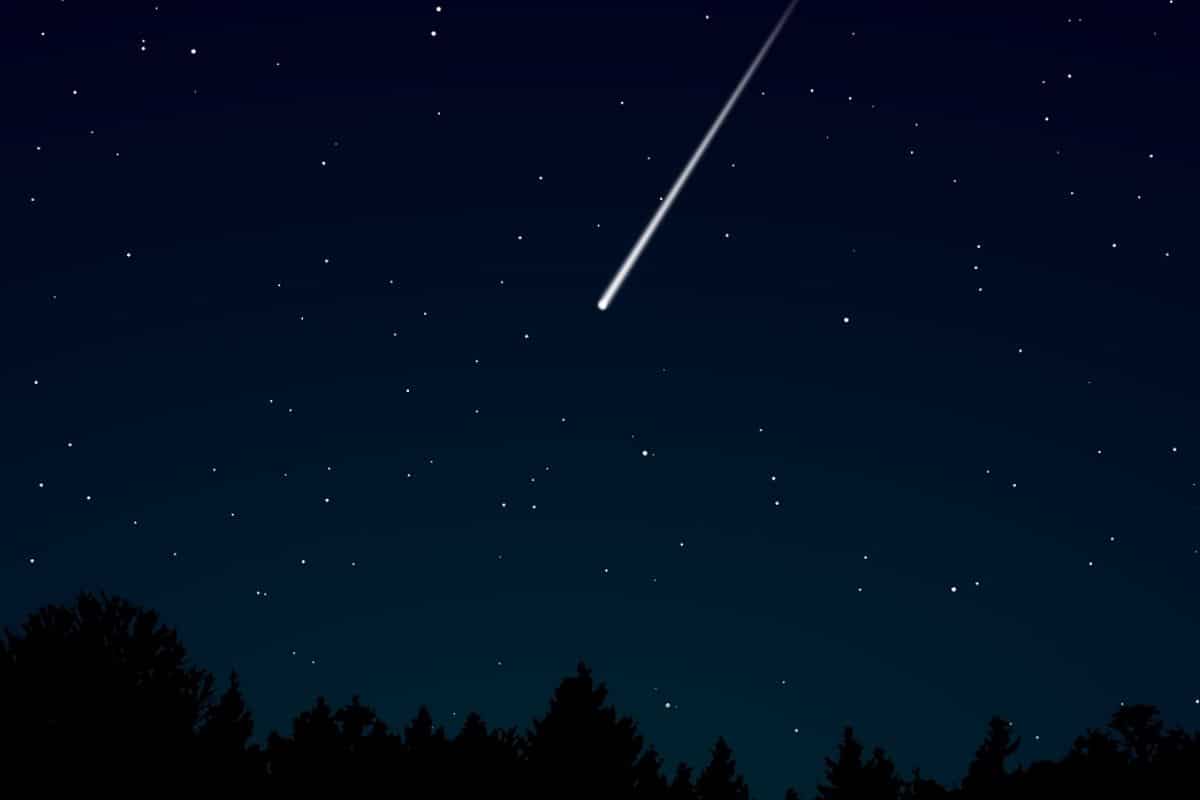
Introducing CNEOS-2014-01-08: a small interstellar object that went down in the Earth’s atmosphere in 2014, but now – thanks in part to the US Department of Defense – is still getting the attention it probably deserves.
It was world news when scientists detected an interstellar object in our solar system in 2017. The cigar-shaped object was given the name ‘Oumuamua and went down in the books as the first human-spotted object to originate outside our solar system. A fascinating find. But was ‘Oumuamua the first interstellar visitor we got on our radar? Probably not, researchers suggested in 2019. According to their research, an interstellar visitor had already been recorded in 2014. And it came much closer than ‘Oumuamua. In fact, this interstellar visitor – referred to as CNEOS-2014-01-08 – burned up in the Earth’s atmosphere!
Secret information
The researchers were 99.999 percent sure that CNEOS-2014-01-08 had an interstellar origin, they wrote in a pre-publication that they will put online on the site in 2019 Arxiv† However, it never came to a real publication in a renowned scientific journal; that required access to information that the US government had labeled “confidential” and refused to disclose. And CNEOS-2014-01-08 fell into oblivion. Until last month. In a brief memo, US Space Force Lieutenant General John E. Shaw confirmed that the classified data also indicates that CNEOS-2014-01-08 has an interstellar origin.
6/ “I had the pleasure of signing a memo with @ussfspoc‘s Chief Scientist, Dr. Mozer, to confirm that a previously-detected interstellar object was indeed an interstellar object, a confirmation that assisted the broader astronomical community.” pic.twitter.com/PGlIOnCSrW
— US Space Command (@US_SpaceCom) Apr 7, 2022
It’s a remarkable story, because why were the researchers unable to confirm the origin of the detected meteor and why was the US Department of Defense – which also includes the Space Force – obstructive? We asked Avi Loeb, one of the researchers who already hinted at the interstellar origin of CNEOS-2014-01-08 in 2019, by email for an explanation. “The data about this meteor was collected by sensors used by the US government for national security purposes,” he said. “The data about the meteor was made public and ended up in the database of the CNEOS (Center for Near-Earth Object Studies† And I had asked my student Amir Siraj to find out if among the fastest meteors in this database there might be ones with an interstellar origin. And so we discovered that the meteor spotted on January 8, 2014 was most likely interstellar.” It resulted in a research paper that was never officially published. “Our paper was rejected by reviewers because the government had not disclosed the uncertainty in the measurements.”
uncertainties
And so the pre-publication lay gathering dust for years. Until Dr. Joel Mozer, lead researcher with the US Space Force, took the matter to heart last month. He reconsidered the full data – which he could access as a resident – and therefore has to conclude that Loeb and Siraj were right in 2019. “The government now confirms that the uncertainties (in the data, ed.) are indeed negligible for the inference that the object was interstellar.”
Doubts
And with that, Loeb and Siraj, three years later, seem to be right. But it should be noted that even after the Space Force memo, not everyone is convinced that CNEOS-2014-08-01 was an interstellar object. Even NASA is still balking, according to a press release discussing meteor and meteorite data released by Space Force and briefly citing CNEOS-2014-08-01. “The short period of time covered by the collected data — less than five seconds — makes it difficult to determine whether the object’s origin was truly interstellar,” he said. according to the American space agency†
Alternative approach
Although its status as an ‘interstellar object’ will still be disputed for some time, the detection of CNEOS-2014-08-01 could prove to be of great importance in the future. Because even if CNEOS-2014-08-01 were not an interstellar object after all, it has alerted us to the possibility that interstellar objects in our atmosphere are going down. And that offers possibilities.
Fragments of it might thus survive the passage through the atmosphere, after which we can lay hands on them and examine them further in the laboratory. Something impossible with ‘Oumuamua. But even if the interstellar objects completely burn up in the atmosphere, there are possibilities. Because if we can detect them, we may also be able to record which gases are released into our atmosphere during combustion and thus learn more about their composition. And with that, there is plenty of reason to actively search for more interstellar meteors and in this way to unravel the secrets of interstellar space – which a super-fast and long-distance passing ‘Oumuamua keeps well to himself.
Source material:
†Discovery of a Meteor of Interstellar Origin” – Arxiv
Interview with Avi Loeb
Image at the top of this article: OpenClipart Vectors from Pixabay